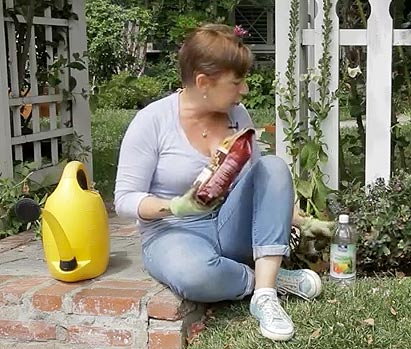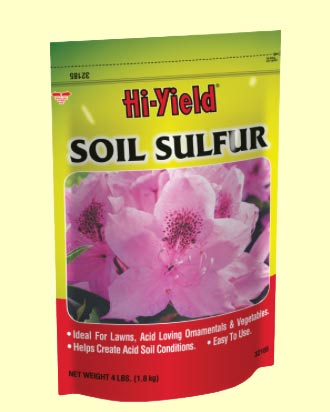RENEGADE GARDENER™
The lone voice of horticultural reason
“Coffee grounds, pine needles, oak leaves, distilled vinegar and sour milk products can be used to acidify soil”
 |
|
| This confused YouTube gardening “expert” extolls the virtues of coffee grounds and vinegar to help acidify soil. |
No, they can’t, and shouldn’t, because they don’t work. Some, in fact, are harmful to soils. This myth originated in the old Jerry Baker School of horticultural nonsense, and is perpetuated today in myriad organic gardening resources.
A quick primer, soil pH (“potential hydrogen”) is ascribed on a logarithmic scale of 1 to 14. 7 is neutral. Soils that test below 7 are termed acidic, soils above 7 are termed alkaline. The pH of soil affects the ability of plants to draw up nutrients through their roots. It’s not a heavy deal, most plants you wish to grow will do fine in slightly acidic to slightly alkaline soils, a pH range of 6.2 to 7.2, and most soils across North America fall somewhere in that range. However, if you’re having trouble growing something – or everything – get a university soil test. The pH of your soil may need adjusting.
If your soil is highly alkaline, use of the materials above – even when used to make compost – will lower soil pH only a microscopic amount. Let’s all remember the meaning of the term “logarithmic scale” – soil with a pH of 7.5 is ten times more alkaline than soil with a pH of 6.5. Coffee grounds, pine needles, oak leaves and the rest of the lot (even shovelfuls of peat most) barely make a dent.
Incidentally, distilled vinegar is highly acidic, but should never be applied in any form to soil, as it burns plant roots and kills off microbe activity. If you run into any book, magazine, website or video that mentions vinegar as any sort of useful gardening product, run far, far away. They’re not dealing in science, they’re dishing out old wives’ tales.

The best and only way to safely lower soil pH is with elemental sulfur, sold in bags at any nursery. Buy a bag, read the directions, and mix the proper amount into the top six inches of soil. It takes six months for soil sulfur to start to work, but its effects last for two to three years, so it’s a good project to do in fall or early spring. Reapply every three to four years, based on results of future soil tests.
Incidentally, using aluminum sulfate, a product that can be mixed with water, will also work – and acidify soil immediately – but used monthly the aluminum builds up, becoming harmful to soils and roots over time. So use aluminum sulfate only in a pinch, to save the life of a struggling rhododendron before digging it up to properly amend the soil, or twice a season to turn the blooms on a Hydrangea blue. Never use it throughout growing beds en masse to acidify the soil.
Bottom line, if your goal is to lower your soil’s pH and create acidic soil, use elemental sulfur. You want to know the funniest thing? It’s 100% organic. Don’t tell anyone I told you.
|
Don Engebretson
The Renegade Gardener